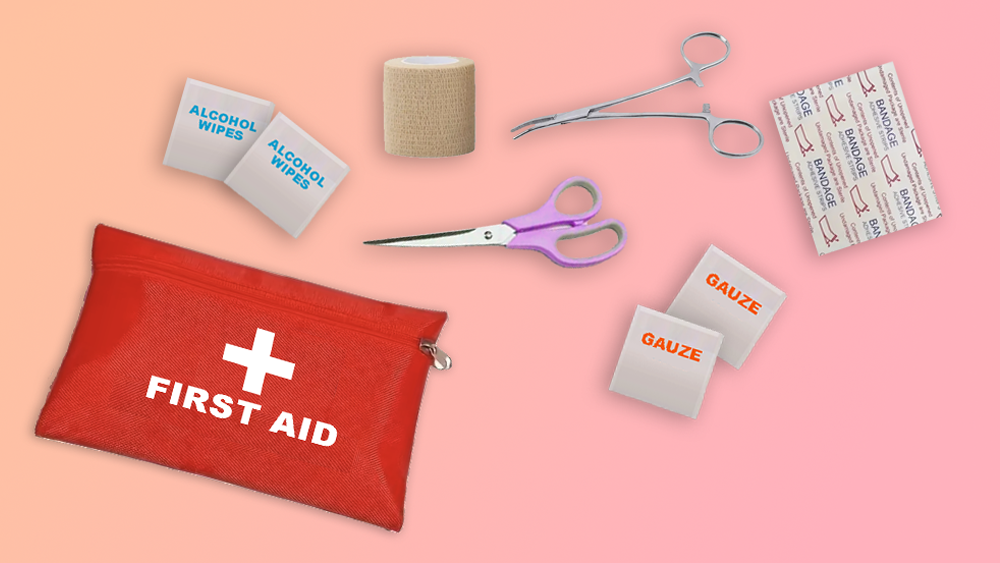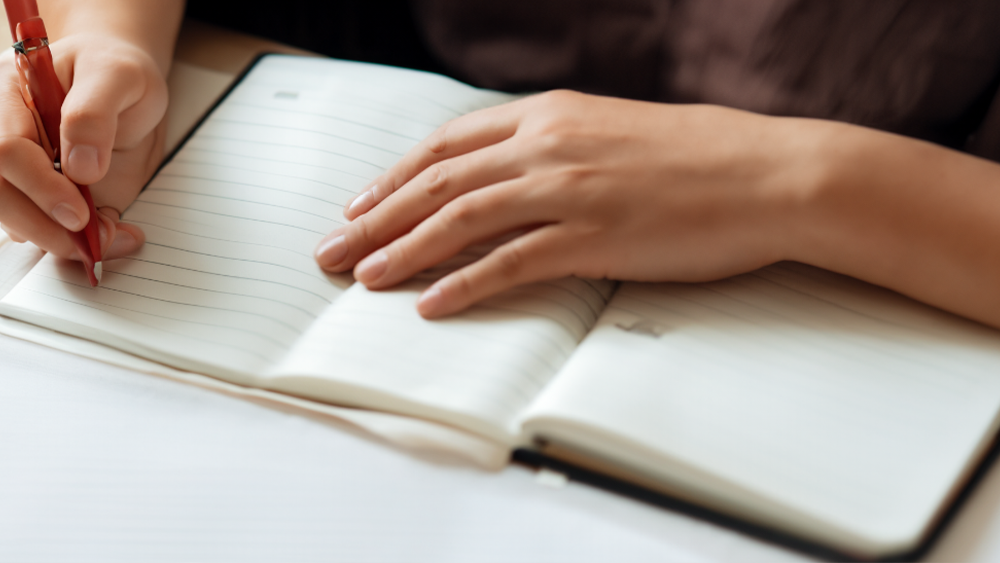When it comes to taking care of our loved ones and ourselves, being prepared is key. One way to ensure you’re ready for life’s little mishaps is by having a well-stocked first aid kit at home. From small cuts and scrapes to unexpected emergencies, having the right tools on hand can make all the difference. In this article, we’ll explore the top 10 items every household should have in their first aid kit to treat common illnesses and injuries.
- Adhesive Bandages (Various Sizes): Small cuts, blisters, and abrasions can happen at any time. Adhesive bandages in different sizes are a versatile solution for covering and protecting these minor wounds.
- Sterile Gauze Pads and Roll: For more substantial injuries and to control bleeding, sterile gauze is a must-have. These are perfect for dressing larger wounds or abrasions.
- Antiseptic Wipes or Solution: Keeping wounds clean is essential to prevent infection. Antiseptic wipes or solution are crucial for disinfecting cuts and scrapes.
- Medical Tape: To keep bandages and gauze securely in place, medical tape is your go-to tool. It ensures that your dressings stay where they’re needed.
- Scissors: Sharp scissors are incredibly handy for cutting tape, gauze, or clothing in emergency situations. They’re versatile tools that can come to the rescue when you least expect it.
- Tweezers: Sometimes, we need to remove splinters, debris, or insect stingers from our skin. Tweezers are the right tool for the job and can prevent further complications.
- Pain Relievers: Aches, pains, and fevers can strike unexpectedly. Having over-the-counter pain relievers like ibuprofen and acetaminophen on hand can help alleviate discomfort and reduce fever.
- Thermometer: A digital thermometer is a crucial item in your first aid kit. It allows you to monitor body temperature, which is especially important when someone is feeling unwell.
- Elastic Bandage (Such as an Ace Bandage): Sprains and strains are common injuries. An elastic bandage provides support and stability to injured joints, helping with the healing process.
- CPR Face Shield or Mask: In case of a medical emergency, a CPR face shield or mask is a vital addition to your first aid kit. It ensures safe and hygienic CPR administration when every second counts.
In addition to these 10 essential items, consider adding adhesive tape, instant cold packs, a first aid manual, disposable gloves, an oral syringe for administering liquid medications, and any prescription medications or medical supplies needed by family members with chronic conditions. Being prepared for various situations can bring peace of mind to your household.
Periodically check and restock your first aid kit to ensure that supplies are not expired and that you have everything you might need in case of an emergency. It’s also a good idea to be familiar with basic first aid techniques and when to seek medical help for more serious injuries or illnesses. With the right tools and knowledge, you can confidently handle common injuries and illnesses, keeping your household safe and sound.



